| [1] Oberpenning F,Meng J,Yoo JJ,et al. De novo reconstitution of a functional mammalian urinary bladder by tissue enginnering. Nature Biotechnol. 1999;17:149-155.[2] Atala A,Bauer SB,Soker S,et al.Tissue-engineered autologous bladders for patients needing cystoplasty. Lancet.2006;367:1241-1246.[3] Byung SK,Anthony A,James JY,et al. A collagen matrix derived from bladder can be used to engineer smooth muscle tissue.World J Urol. 2008;26:307-314.[4] Yoo JJ,Meng J,Oberpenning F,et al.Bladder augmentation using allogenic bladder submucosa seeded with cells.Urology. 1998; 51(2):221-225.[5] Zhu WD,Xu YM,Feng C,et al.Different bladder defects reconstructed with bladder acellular matrix grafts in a rabbit model.Urologe. 2011;50:1420-1425.[6] Cheng EY,Kropp BP.Urologic tissue engineering with small—intestinal submucosa:potential clinical applications.World J Urol.2000;18:26-30.[7] Sievert KD,Tanagho EA.Organ specific acellular matrix for reconstruction of the urinary tract.World J Urol.2000;18:19-25.[8] Kropp BP,Sawyer BD,Shannon H E,et al. Characterization of small intestinal submucosa regenerated canine detrusor: assessment of reinnervation, in vitro compliance and contractiIity.J Uro1.1996;156:599-607.[9] Anilkumar TV,Vineetha VP,Revi D,et al. Biomaterial properties of cholecyst-derived scaffold recovered by a non-detergent/enzymatic method.J Biomed Mater Res B Appl Biomater. 2014; 102:1506-1516.[10] Atala A.Tissue engineering of human bladder.Br Med Bull.2011;97:81-104.[11] Record RD,Hillegonds D,Simmons C,et al.In vivo degradation of 14C-labeled small intestinal submucosa (SIS) when used for urinary bladder repair.Biomaterials.2001; 22:2653-2659.[12] Bolland F,Korossis S,Wilshaw SP,et al. Development and characterisation of a full-thickness acellular porcine bladder matrix for tissue engineering. Biomaterials. 2007;28:1061-1070.[13] Zhang Y,Frimberger D,Cheng EY,et al.Challenges in a larger bladder replacement with cell-seeded and unseeded small intestinal submucosa grafts in a subtotal cystectomy model.BJU Int. 2006;98:1100-1105.[14] Pokrywczynska M,Jundzill A,Bodnar M,et al.Do mesenchymal stem cells modulate the milieu of reconstructed bladder wall? Arch Immunol Ther Exp (Warsz).2013;61:483-493.[15] Pokrywczynska M,Adamowicz J,Sharma AK,et al.Human urinary bladder regeneration through tissue engineering -an analysis of 131 clinical cases. Exp Biol Med Maywood NJ.2013;239:264-271.[16] Schaefer M,Kaiser A,Stehr M,et al.Bladder augmentation with small intestinal submucosa leads to unsatisfactory long-term results. J Pediatr Urol. 2013;9:878-883.[17] Atala A,Bauer SB,Soker S,et al.Tissue-engineered autologous bladders for patients needing cystoplasty. Lancet.2006;15:1241-1246.[18] Petrovic V,Stankovic J,Stefanovic V.Tissue engineering of the urinary bladder: current concepts and future perspectives.Scientific World J. 2011;11: 1479-1488.[19] Lam Van Ba O, Aharony S, Loutochin O, et al. Bladder tissue engineering: A literature review.Adv Drug Deliv Rev. 2015; 82-83:31-37.[20] Petersen N,Gatenholm P.Bacterial cellulose-based materials and medical devices: current state and perspectives.Appl Microbiol Biotechnol. 2011; 91(5):1277-1286.[21] Moreira S,Silva NB,Almeida-Lima J,et al.BC nanofibres: in vitro study of genotoxicity and cell proliferation.Toxicol Lett.2009;189(3):235-241.[22] Dugan JM,Gough JE,Eichhorn SJ,et al.Bacterial cellulose scaffolds and cellulose nanowhiskers for tissue engineering.Nanomedicine(Lond). 2013;8(2): 287-298.[23] Esguerra M,Fink H,Laschke MW,et al.Intravital fluorescent microscopic evaluation of bacterial cellulose as scaffold for vascular grafts.J Biomed Mater Res A. 2010;93(1):140-149.[24] Helenius G,Backdahl H,Bodin A,et al.In vivo biocompatibility of bacterial cellulose. J Biomed Mater Res A.2006;76(2):431-438.[25] Brackmann C,Zaborowska M,Sundberg J,et al.In situ Imaging of Collagen Synthesis by Osteoprogenitor Cells in Microporous Bacterial Cellulose Scaffolds. Tissue Eng Part C Methods. 2012;18(3): 227-234.[26] Andersson J,Stenhamre H,Bäckdahl H,et al.Behavior of human chondrocytes in engineered porous bacterial bcellulose scaffolds.J Biomed Mater Res A.2010;94(4): 1124-1132.[27] Sanchavanakit N,Sangrungraungroj W, Kaomongkolgit R, et al.Growth of Human Keratinocytes and Fibroblasts on Bacterial Cellulose Film. Biotechnol Prog.2006;22(4): 1194-1199.[28] Wippermann J,Schumann D,Klemm D,et al. Preliminary Results of Small Arterial Substitute Performed with a New Cylindrical Biomaterial Composed of Bacterial Cellulose. Eur J Vasc Endovasc Surg.2009;37(5):592-596.[29] Zhou L,Yang B,Sun C,et al.Coadministration of plateletderived growth factor-BB and vascular endothelial growth factor with bladder acellular matrix enhances smooth muscle regeneration and vascularization for bladder augmentation in a rabbit model.Tissue Eng A.2013;19:264-276.[30] Youssif M,Shiina H,Urakami S,et al.Effect of vascular endothelial growth factor on regeneration of bladder acellular matrix graft: histologic and functional evaluation. Urology.2005;66:201-207. [31] Chen BS,Xie H,Zhang SL,et al.Tissue engineering of bladder using vascular endothelial growth factor gene-modified endothelial progenitor cells.Int J Artif Organs.2011; 34:1137-1146.[32] Loai Y,Yeger H,Coz C,et al.Bladder tissue engineering: tissue regeneration and neovascularization of HA-VEGF-incorporated bladder acellular constructs in mouse and porcine animal models.J Biomed Mater Res A.2010;15: 1205-1215.[33] Kikuno N,Kawamoto K,Hirata H,et al.Nerve growth factor combined with vascular endothelial growth factor enhances regeneration of bladder acellular matrix graft in spinal cord injury-induced neurogenic rat bladder.BJU Int. 2009;103:1424-1428.[34] Cartwright L,Farhat WA,Sherman C,et al.Dynamic contrast-enhanced MRI to quantify VEGF- enhanced tissue-engineered bladder graft neovascularization: pilot study. Biomed Mater Res A.2006;77:390-395.[35] Xiong Q,Lin H,Hua X,et al.A nanomedicine approach to effectively inhibit contracture during bladder acellular matrix allograft-induced bladder regeneration by sustained delivery of vascular endothelial growth factor.Tissue Eng Part A. 2015; 21(1-2):45-52.[36] Jayo MJ,Jain D,Wagner BJ,et al.Early cellular and stromal responses in regeneration versus repair of a mammalian bladder using autologous cell and biodegradable scaffold technologies.J Urol.2008;180: 392-397.[37] 朱卫东,徐月敏,冯超,等.脂肪干细胞复合膀胱脱细胞基质促进膀胱再生的实验研究[J].中华泌尿外科杂志, 2012,33(2):111-116.[38] Sievert KD,Feil G,Renninger M,et al.Tissue engineering and stem cell research in urology for a reconstructive or regenerative treatment approach.Urologe A. 2007;46(9):1224-1230.[39] Becker C,Jakse G.Stem cells for regeneration of urological structures.Eur Urol. 2007;51(5): 1217-1228.[40] Polykandriotis E,Arkudas A,Horch RE,et al. Autonomously vascularized cellular constructs in tissue engineering: opening a new perspective for biomedical science. J Cell Mol Med.2007;11(1):6-20. |
.jpg)
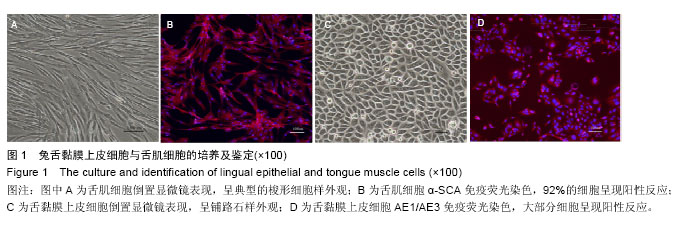

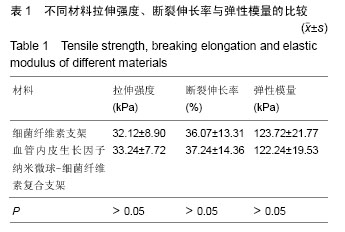
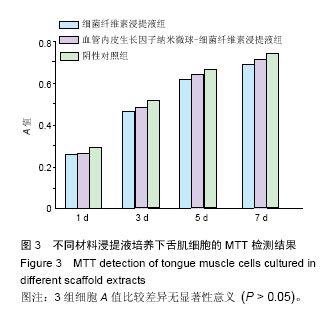
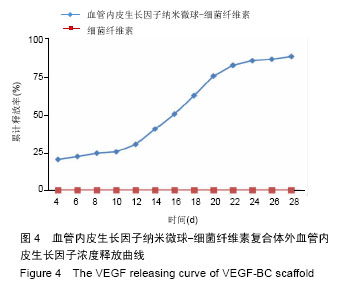
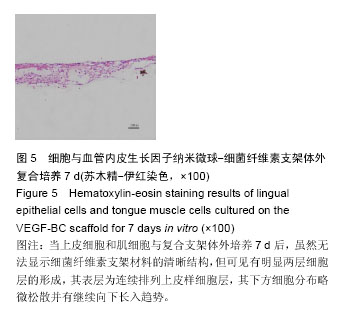

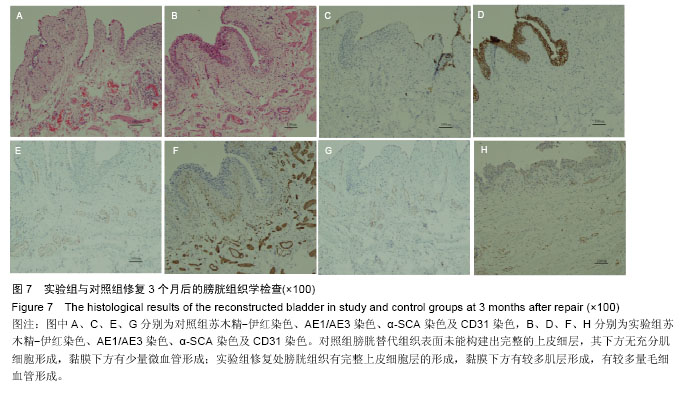
.jpg)